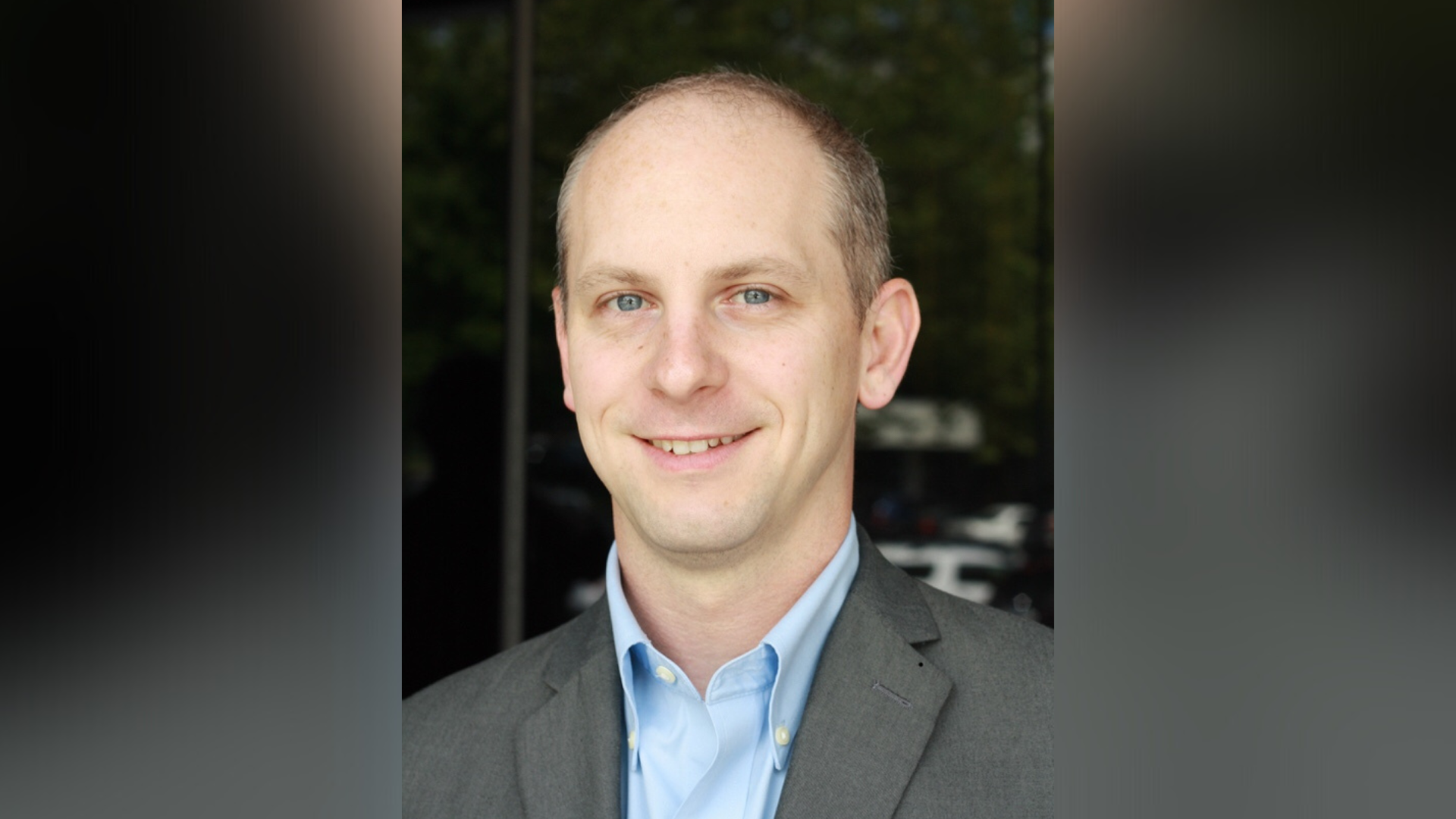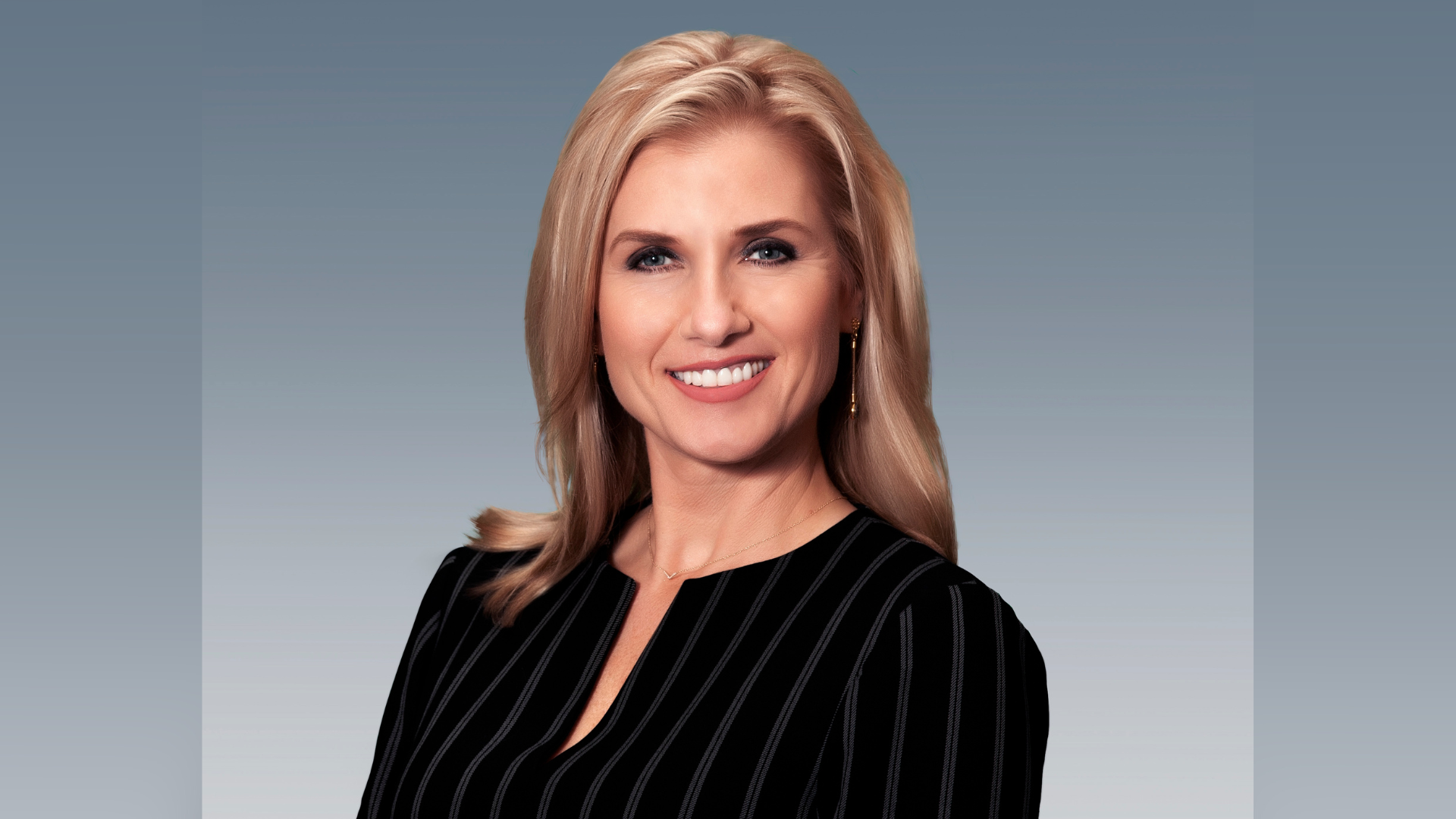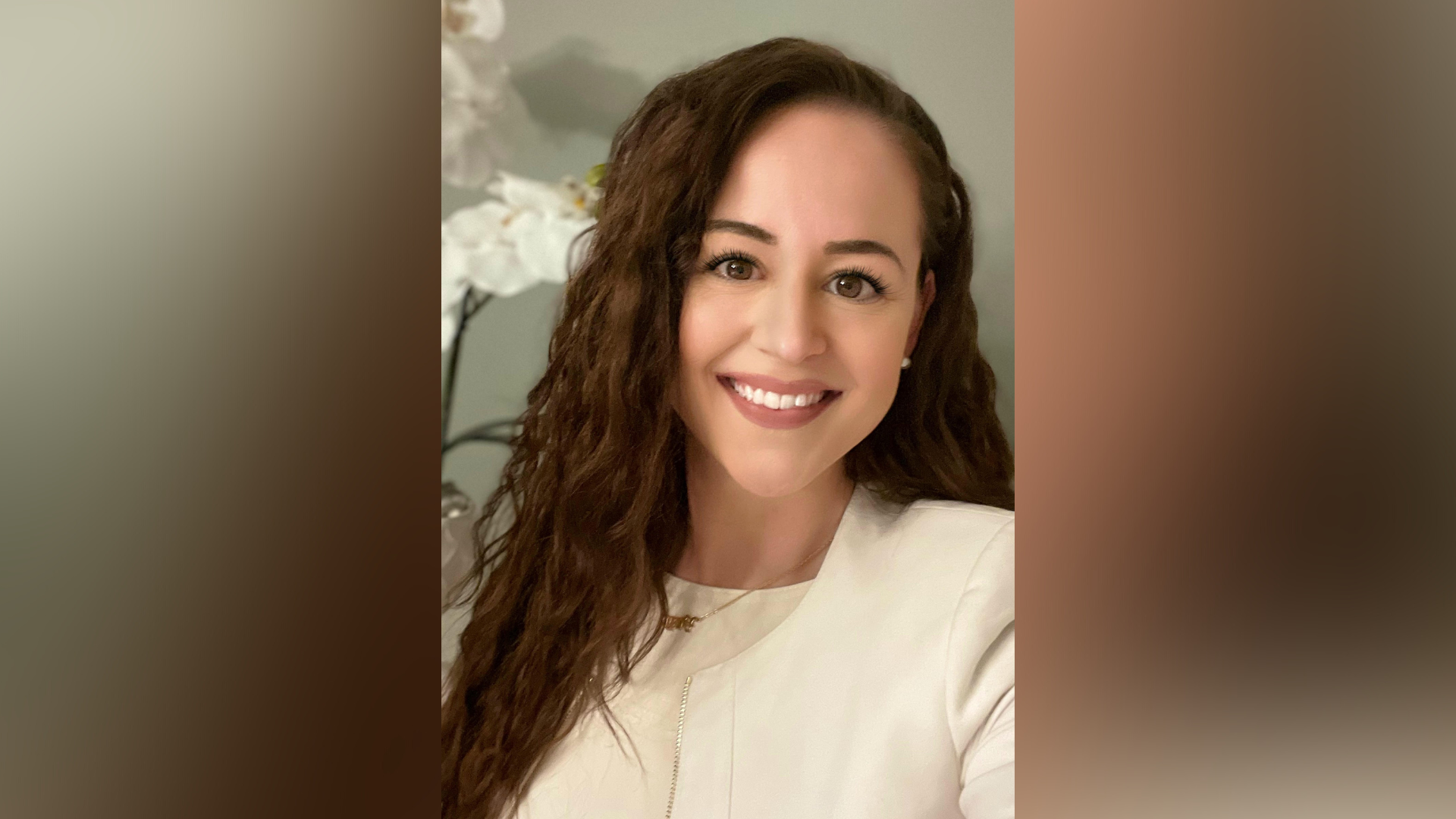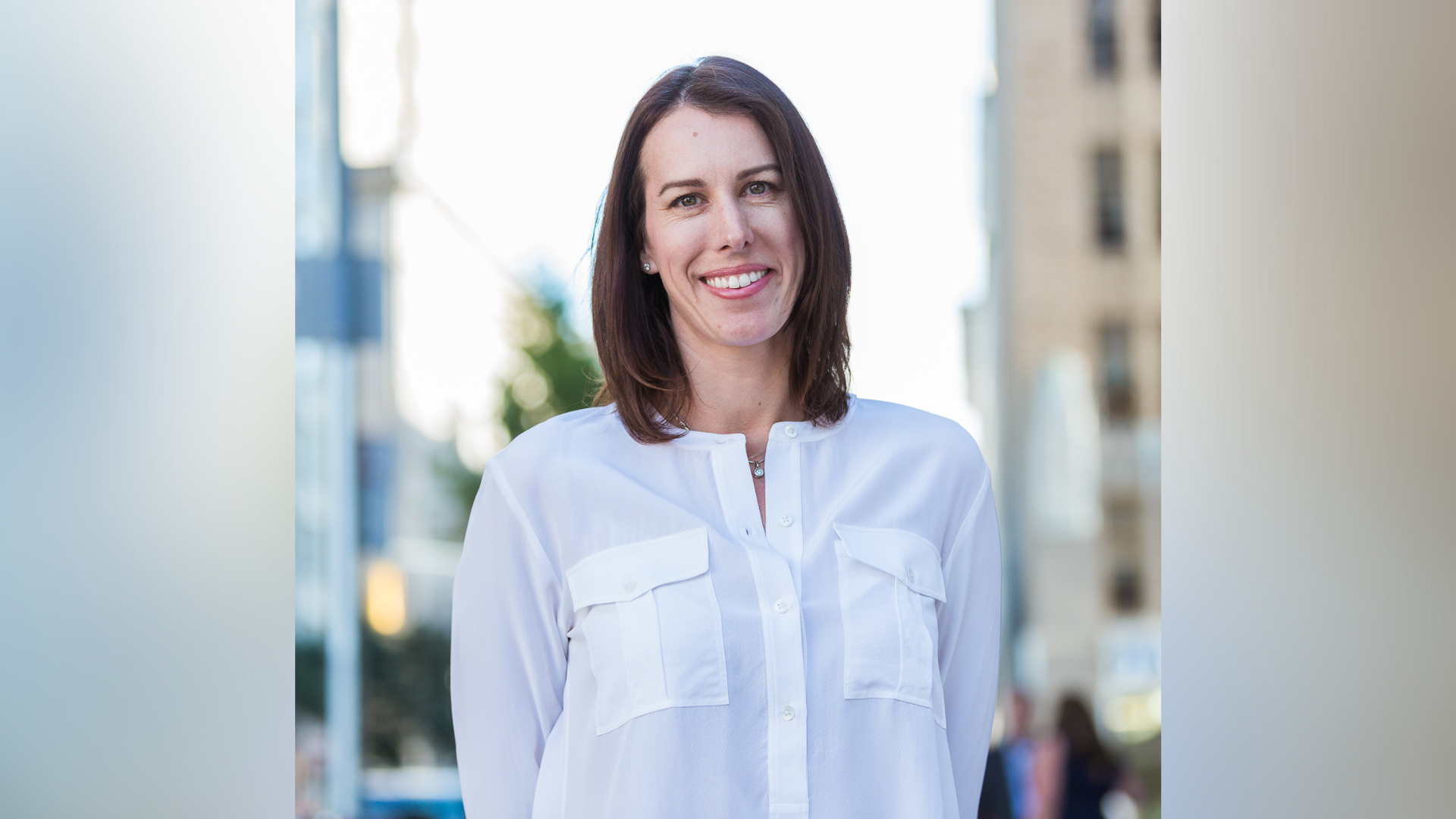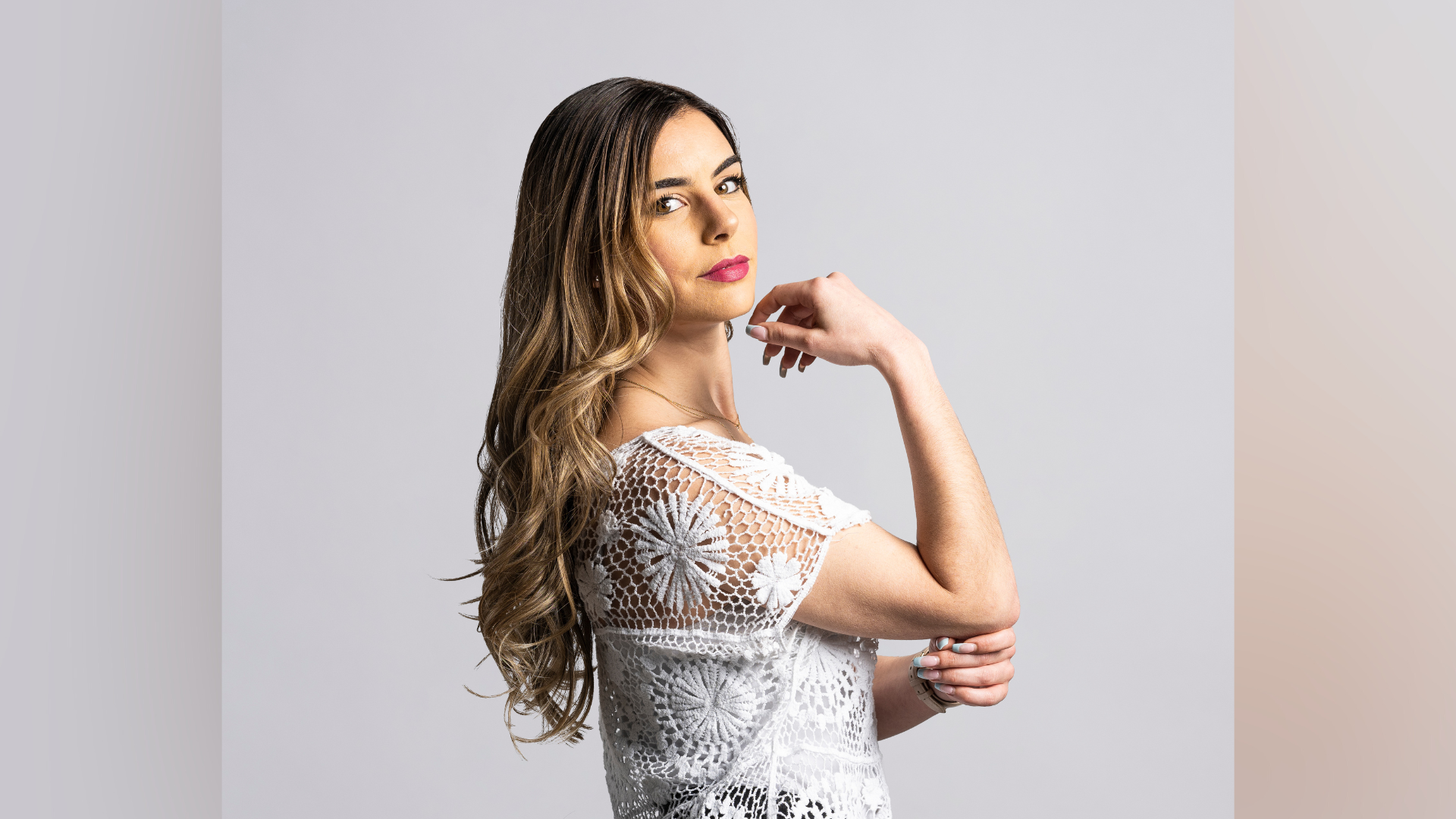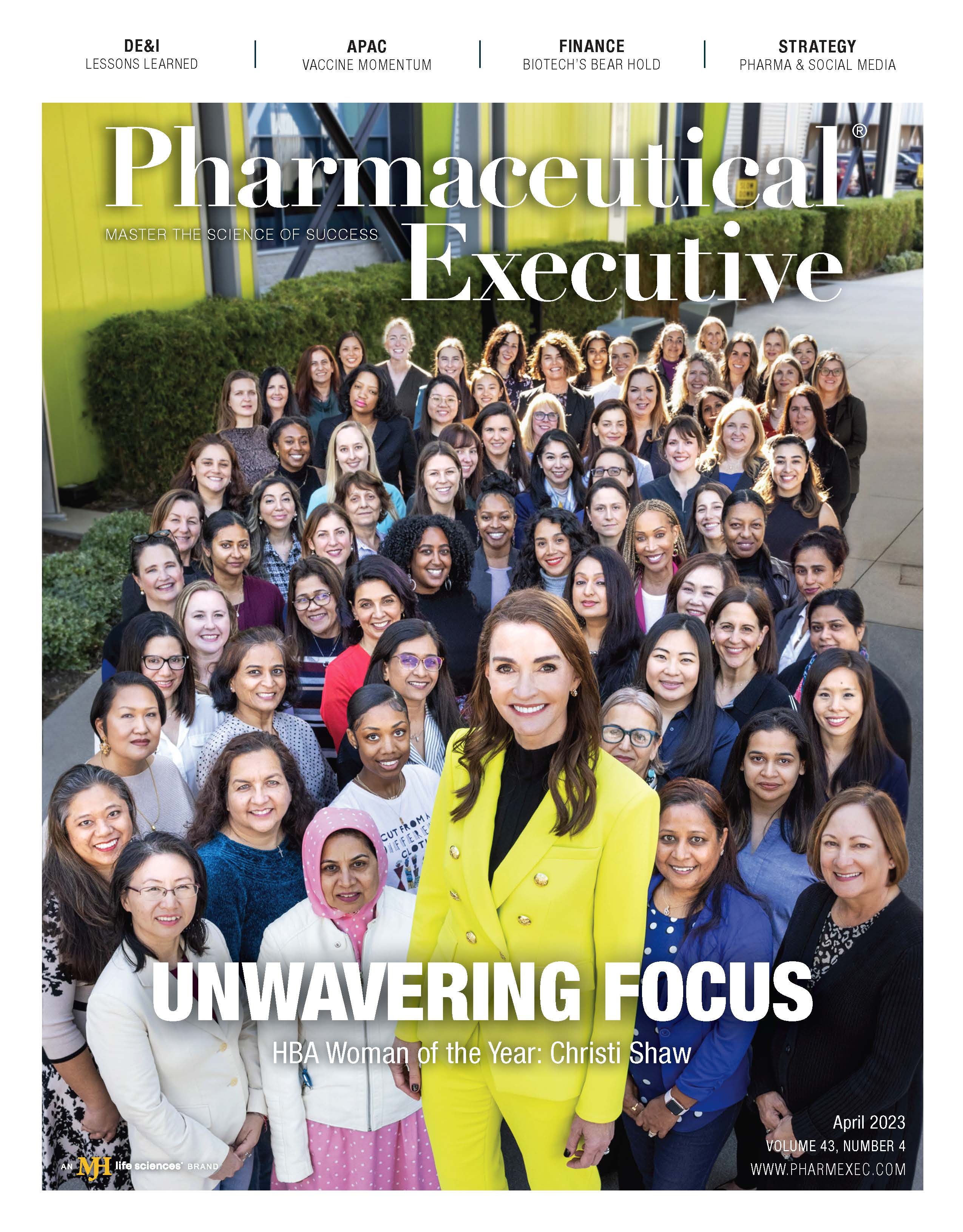Roundtable Participants
Moderator
Fran Pollaro, Senior Editor, Pharmaceutical Executive
Panel
Katherine Atkinson, Chief Commercial Officer, Evofem
Amy Houck, AVP, Digital Precision Value and Health
Amanda Powers Han, Chief Marketing Officer, Greater Than One
Rachel Seidman, VP, Digital Innovation, The Agency Network
Matt Titus, VP and Chief Commercial Officer, epocrates
On March 1, five marketing leaders came together to discuss the power of social media in the pharmaceutical industry. The insights each share in the Pharm Exec roundtable highlight the importance of embracing the incredible reach of social media while recognizing its rapid growth worldwide.
During the discussion, the participants delve into various topics, including the reasons why some pharma companies have been slow to adopt social media, the key considerations for pharma marketers when investing in the space, and the emerging trends in social media marketing for life sciences organizations. Additionally, the conversation explores the role of influencer marketing in the industry as well as the significance of key opinion leaders (KOLs) and digital opinion leaders (DOLs) in advancing those activities.
The participants also analyze how social media platforms have enabled pharma companies to engage with patients and healthcare professionals (HCPs) and explore the potential benefits of new technologies, such as ChatGPT and generative AI, in facilitating omnichannel efforts and personalization.
Fran Pollaro, senior editor, Pharmaceutical Executive: As per the DataReportal January 2023 Global Review, social media has continued to grow at an incredible rate—with 4.76 billion people worldwide now using social media. One-hundred-thirty-seven million of those are new users who came online within the last 12 months. The average daily time spent on social is two hours and 31 minutes. Why do you think it has taken pharma so long to truly embrace this thriving ecosystem, and do most pharma companies have a significant social media presence?
Matt Titus, VP and chief commercial officer, epocrates: At this point, most pharmaceutical companies have some sort of social media presence, but what differentiates them are the different social platforms that they’re on, the depth and breadth of their strategy, and if they’re undertaking this on their own or if they’re outsourcing it to an agency.
There are a lot of different flavors of this. The key is having a fundamental strategy about how to execute against this because social media is only becoming a bigger piece of everyday life.
Katherine Atkinson, chief commercial officer, Evofem: When I first got to Evofem, I didn’t feel like we were embracing social media the way we could be. For us, it came down to the fear that comes with not having a lot of history or experience in the space. Initially, our medical, legal, and regulatory (MLR) team was conservative when it came to what we could do. And when you looked around to see what a lot of other pharma companies were doing, you saw a lot of disease state education rather than promoting the brand.
So, we made the leap, but it was because we had a very supportive CEO who was risk-tolerant, and we partnered well with the MLR team to take some of that risk. And I think that’s what helped us. I have slowly started to see other pharma companies taking more risks as well, and it’s nice that we’re embracing it because it’s a good way to reach your consumers.
Amy Houck, AVP, digital, PRECISION VALUE AND HEALTH: Agreed. With a lot of the companies that we’ve launched, it’s important to get the MLR and product release teams (PRT) comfortable with what the launch looks like as well as the guidelines and guardrails they can utilize to properly represent safety information across the different social platforms for the brands.
We do a lot of concept reviews and education with the MLR teams like, “These are other examples in pharma. Here’s how we can lay out branded posts. This type of content is live now.” And we try to tee up to whatever the product is. For example, if it was an accelerated approval, we’ll look for specific examples so we can show them and then answer all the baseline questions. A lot of the time, we make these screen recordings of how it all works to help educate.
[Often], we’re launching anything that was just approved. So, there’s always a process: a couple of months with social comments off, followed by comments on so that we can gauge comfortability with the approach. When they’re more risk-tolerant, we try to get them to the place where they feel most comfortable with the given brand.
Amanda Powers Han, chief marketing officer, Greater Than One: Thinking back to the early days, we were all watching intently, but [we] weren’t quite ready to make that leap. Then we saw the corporate communications play come forward, which was a little safer—social media as an extension of corporate PR. And now, we are seeing disease awareness and branded programs come forward, which is exciting.
Another important aspect of uptake is helping the broader organization understand how impactful these marketing programs can be. In some cases, the ROI we’re seeing for influencer marketing is 5:1. It just can’t be ignored anymore. In terms of being able to build a brand and engage with customers, I’m excited to say that social is no longer an incremental opportunity but, ultimately, is quickly becoming a fundamental part of the marketing mix.
Rachel Seidman, VP, digital innovation, The Agency Network: In terms of the audiences for HCPs and patients, they’re looking to our pharma companies to start playing in this channel—supporting and educating them.
Everyone needs to have a presence; and if you’re not telling your story, someone else may tell it for you. It’s a balance [of] having to educate some of the internal teams who see the need but may hesitate due to restrictions. It’s an exciting time because we’re going to be able to reach them to tell our story and control messaging on our own.
Pollaro: Let’s focus on platforms, specifically. We know there are different demographics on different platforms. Therefore, the delivery of content can vary quite a bit. What are some of the key considerations for pharma marketers when it comes to prioritizing their media dollars, given the evolving landscape? For example, Twitter continues to struggle to get advertisers back, and (conversely) TikTok continues to grow at a rapid rate.
Atkinson: When we launched Phexxi, we made a huge push into the direct-to-consumer (DTC) market, and it was important for us to map and coordinate where the Phexxi woman was going to be in her day. It’s not just about what platforms are performing well, but where our customer [is]. Where is she visiting and listening? During her day, when she gets up, she’s checking the weather, [or] she’s dropping off the kids, [or] maybe she’s listening to a playlist on Spotify or Pandora when she goes to work out.
We examined all the metrics when we started to use the different platforms. What was performing well for us early on, surprisingly, was TikTok. TikTok absolutely continues to grow, and it outperformed just about everything else for us. We were also surprised to see a lot of the audio platforms performing well. So, we continue to ensure that we’re segmenting and targeting as we receive more claims data. Early on, with the launch, we were doing a lot of awareness. But now that we’ve focused on more conversion, we’ll feed those platforms that are delivering.
Seidman: It’s important to know your audience and to tell your story on those platforms based on the data and insights you’re seeing. To take it a step further, we talk about influencers and co-creating content [as well as] building relationships with KOLs, advocates, advocacy groups, [and] patients.
I’ve seen a lot of social listening reports across all disease states. Even in conversations around rare diseases and in smaller pools of communities, we see that there’s a lot of influence and engagement if it’s in the right place. You have to find a balance, using your insights in terms of what worked and didn’t, and combine that with your audience’s needs and where they engage most. Then you can prioritize your media spending and build relationships with those key influencers on those platforms. It’s all about measuring, optimizing, assessing, and shifting, as needed; but at the very least, you should be out there telling your story and creating peer-to-peer relationships online.
Houck: You also want to consider what the primary objectives are for your campaign. Are you at the awareness level or trying to drive conversion? Because that also determines which network you’re going to choose.
You’re going to want to start that awareness campaign across Facebook, Instagram, perhaps a light touch of Twitter, and LinkedIn. But when you’re getting closer to conversion, you’re more focused on specific placement on Instagram and TikTok. You go deeper. Ask yourself: “Where is my audience? Are they interacting in stories? What type of content on TikTok am I utilizing?” On TikTok, I’ve seen pharma brands struggle with only using the animated content that works on Facebook and Instagram. TikTok is very real-world; so, you need to go with real-world footage with a real human approach and personality.
We’ve done a ton of A/B tests because we’ve fought this battle before where we’ve had brands want to run animated content to match a commercial or other content in the media sphere, and we say, “Well let’s do a B version with a human,” and it always does significantly better.
While TikTok is rising more, we still get pushback on the TikTok brand—[there is hesitancy] even though there are places where we can provide important safety information (ISI). They still think it’s for younger audiences, and it’s not. For example, we go heavy on influencer marketing for HCPs there because peer-to-peer teaching and influence is so high that if your objective is that type influence, it’s a must-have.
Titus: One of the trends that we have seen from our clients is moving to more of a quarter-by-quarter approach in terms of how they’re going to address their media planning and marketing. Previously, clients would say, “We’re going to buy our whole media plan for the whole year.” But they were ignoring what happens over the course of the plan, and you’re stuck.
One of the things that’s been forced upon us to help change behavior is social media, which lives in the present moment; so, you need to be able to react quickly. For example, when the Twitter Eli Lilly tweet issue happened, [there was] real-world consequences, like the stock price diving and people believing they were drastically changing the pricing of a drug. How did Eli Lilly react? If they were doing that one year at a time, you’re certainly behind. Social media is pushing us as an industry to be more nimble and agile.
Powers Han: Another trend that is moving us in the right direction is being more customer-centric. Instead of thinking about the brand at the center of the message we’re trying to deliver, it’s prioritizing the customers’ needs and the way they’re engaging in social media channels to drive value. How can we become a meaningful part of the conversation and focus on what they need at that time?
The brand can’t always be 100% in control. We must recognize that we’re joining a conversation in a community that already has a great sense of purpose and engagement within. Instead of being the loudest voice, we need to be one of the helpful voices—one that makes a difference.
Pollaro: Influencer marketing has become a table stake for CPG brands, and pharma is once again late to the game. However, more brands are testing the waters. Which brands do you see in the industry that are leading the trend, and what role should influencer marketing play in the omnichannel ecosystem for both the patient and HCP activation?
Houck: We’ve launched a ton of these campaigns from AbbVie and Allergan Eye Care as well as Botox and Upneeq, [which] you can see on Instagram. What’s important is where a particular influencer is most active and how it can benefit the brand. From there, it’s a matter of how we’re going to utilize the influencers.
We have a proprietary tool [that] produces a lot of useful data allowing us to identify influencers across any social media platform. The search used to be manual, using different social listening tools; but the data we get now allows us to pinpoint and make lists of influencers based on the criteria we’ve provided.
We love to use another one of our programs to reach out to influencers and take them through a video concept of the campaign so they can get excited to be a part of it. From there, each influencer goes through scripting and storyboarding so it comes out really natural.
Seidman: I think you touched on an important thing, which is the process of working with the influencers. It’s not only finding the right person to benefit your brand, the one who has a real, engaged audience that aligns with your brand’s targets, but it’s making sure you cater that value proposition message to them so they understand that they’re not only going to help your brand, but it will help them by elevating their presence in their community. This will help your brand be seen in a positive light with important influencers and will extend the life of the evolving relationship.
Atkinson: We leaned heavily into influencers in the early days of the Phexxi launch. I don’t want to bring the party down, but it’s important to understand influencers can also be challenging. They have a brand [that] sometimes doesn’t align with what you need to do to ensure that you’re compliant. That’s something you should also watch out for when choosing an influencer. We found it was important to partner with agencies that are flexible and understand how to identify the right type of influencer for our needs.
Titus: From the epocrates side, which leans more toward HCPs and clinical, influencers are important to establish credibility because pharma and life science companies have a tough job trying to maintain market share and simultaneously create better outcomes for patients by enabling HCPs to make better decisions.
One of the ways DOLs can help a brand is to lean into the scientific voice. If you can establish that, you’ll get a lot more credibility with other HCPs who are constantly seeking information to learn.
Two trends are driving this, and the first is video. Because of the speed of science now, no practicing clinician can accurately keep up with everything happening in their specialty. So, instead of reading that 27-page research report, for example, I might have three minutes to watch a video. If it’s a trusted voice that can synthesize it effectively for me, then I’m more apt to listen to that scientific message being provided.
Powers Han: The HCP influencer opportunities are only going to grow over the next few years and potentially more so than on the consumer/caregiver side. There are so many exciting, video-based opportunities to engage DOLs or the modern KOLs in the space, though they’re sometimes harder to find and bring on board. As an industry, we’re seeing products and innovations that allow DOLs to be a bigger part of our marketing programs, to build some great credibility into the content that’s being developed.
Pollaro: Looking at the next six months, what will be the most important emerging trends in social media marketing? As the space gets more crowded and more pharma companies engage, what are the best approaches to produce a successful and differentiated campaign?
Titus: ChatGPT is interesting because it’s a next-level AI. If you were to ask folks in this space, they’ve already been using AI in different ways. Pharma was one of the more innovative industries to use data to drive their marketing campaigns because they’re using real-world evidence, claims data, social data, and other consumer data. Data allows you to know a whole lot about an individual: how an HCP acts at work, their treatment plans, [and] the types of patients they’re seeing; and so, pharma has already been using AI to drive marketing campaigns.
ChatGPT is interesting, and I’m cautiously optimistic. But it’s not there yet. Pharma marketers should be aware of the space, testing and talking to their agencies and consulting firms about how it’s being used in applications, and then tailoring it to their business use case.
Houck: ChatGPT has been amazing for synthesizing information and connecting things, depending on the prompts you’re using. For example, we’ll have tons of clinical information we need to synthesize for social. So, I use it to make it more brief, succinct, professional, and clinical. I give it direction and then layer in empathy once I get the response back. It’s a great way for me to take something massive and trim it down. I can take seven pages, provide specific instructions in the prompt to crush it down, [and] put it in bullets, and I can read the top line and pull from that.
Here’s another example: how many times have you been trying to write social copy based on a patient photo shoot to connect the patient imagery to the copy with an objective? We use ChatGPT to incorporate the copy that we’ve written with our medical teams and writers and prompt ChatGPT. [For example,] “Pair this copy with an image of a woman doing X.” It will match it together and create ideas for you that you can bring back to your copy team to play with. I think it’s 80% to 90% there.
Seidman: On the flip side, we’re going to see a lot more access to data and insights based on what consumers and HCPs are looking for. We already get great insights from social listening on top conversations, keywords, Google searches, etc. But having access to what HCPs and patients are looking for via chat while using their unique, real-world terms is going to allow us to access even more to be able to personalize each channel.
We’re likely going to start seeing the standard chatbot appear on different pages. But, strategically, we’re looking to fit this technology into the entire user experience.
Pollaro: We covered the more known social platforms. What can you share about HCP platforms?
Seidman: Many of those sites are private communities, where HCPs are open and honest about different types of treatment options, their actual opinions on efficacy and administration, and messaging for different brands. There are some platforms that we use, like Sermo, where we can listen in on the conversations that are taking place. It’s interesting to look at those conversations and see how they differ from those taking place on some of the more open networks like Twitter or LinkedIn, or where patients are discussing across Reddit threads or Facebook groups. It gives more ability to differentiate between segments and message to them accordingly. While it’s a challenge to access that information, once you do, it’s insightful.
Powers Han: We like the HCP social platforms because they help brands and customers engage in longer-form, more immersive content. It’s exciting to build out a program where HCPs are spending minutes, versus seconds, engaging with content. HCP social is becoming a significant component in most of the HCP media recommendations we’re making to clients.
It’s also interesting to see the newer products they’re developing, which help connect the dots between non-personal promotions (NPP) and the sales team in the field. Connecting NPP with the field [is an opportunity] for us to deliver baby steps to omnichannel—to give the sales team a trigger that an HCP has engaged with the program and specific content within, so that sales rep can go in and have a much more focused conversation based on the content that that healthcare professional is interested in.
Those are some of the earliest examples we’re seeing of connecting the dots between NPP and the field that help lead to those broader conversations about omnichannel enablement and how we might consider implementing it more internally and holistically within the companies we work with.
Pollaro: What emerging trends do you see coming to the fore in the next six months to a year?
Titus: One of the things we’re seeing across the HCP space is an overburden of technological resources. They have to do everything twice: treat the patient and also input that [data] into two or three different data sources. There’s also a shrinking number of clinicians, either aging out and retiring or not returning after the pandemic, and there are fewer [people] graduating from medical schools.
The real challenge for us as a group is to lean into the scientific voice to make it easier for clinicians to make the correct decisions. If we’re not doing that and our efforts are making it more complicated for HCPs, we’ve failed our users.
Traditionally, we’ve used complicated content that you can’t digest well on a mobile device. So, I think video will continue to play a much larger role as a solution, and we’ll eventually move into these more emerging technologies like ChatGPT, and likely another social platform.
Powers Han: An important trend we’ll see is an increase in spending. According to the stats I’ve seen recently, marketers, on average, are spending 30% of their overall media budget in social. Pharma is probably less than 10%, depending on the brand. I think Katherine and Evofem are probably on the leading edge in the way. They’ve invested in social, but for most pharmaceutical marketers, it is a sliver of the spend. And yet we’re seeing that it’s as effective, if not more so, than some of those traditionally hardworking channels, such as paid search marketing.
Houck: With some of the new Facebook and Instagram rollouts of new features emerging, I’m wondering if it’s going to help comfort some pharma companies that were hesitant to enter the space: knowing that they can launch with page verification turned on, for example, and [have] lot more barriers beyond just disabling or enabling comments. There are so many levels now through comment moderation and the new page layout. It makes me wonder if that’s going to make some legal teams that were turned off by the presence of Facebook and Instagram feel more comfortable with it. I’m curious to see if that creates any more inspiration on those channels.
I think TikTok is going to continue to be strong. A lot of brands are going to continue to market on TikTok, and I’m curious to just see which brands will make a big splash. I rarely find pharma brands that make me think, “Wow, that was an amazing TikTok.” Many times, they’re still strict, like a commercial; so, I’m looking forward to seeing TikTok open up with more creative ideas that feel personal like a TikTok.
Seidman: We’re going to see a lot more spending, likely more channels, events, and conferences—which drive a lot of the conversations online. We’re likely going to see more ties into booth activities to make that omnichannel experience come to life now that pharma is more comfortable. I can see getting a bit more ROI in places like social and digital versus traditional print placements, to get in front of their target audience or begin an influencer campaign. We’re also going to see more engaging content [and] more video content and starting to combine the experiences and personalize them across all channels.
Pollaro: I’ve been reading a lot in the past couple of years about the emergence of the DOL from the KOL. Where do you see the KOLs and DOLs headed in the future?
Powers Han: I have one quick thought, an example [that] surprised me. At [the American Society of Clinical Oncology Annual Meeting], there was a presentation with a physician up on stage talking about how to create a brand for yourself in the digital world. Isn’t that just amazing?
With HCPs and influencer marketing, it’s still early. However, there are a couple of different approaches we’re exploring with clients. One is looking to digital channels such as Twitter to identify the influential voices [who] have a digital brand. [This is] because, on one hand, it’s easier to activate and/or engage with them. The other side of the coin is looking at KOLs to see how we can help them extend their influence and to build a voice in digital.
Titus: The conference circuit has changed significantly over the past three to four years. Every single one of the major medical conferences has a Twitter handle tweeting all that’s happening. They all have a hashtag that’s followed by leading clinicians in that specialty.
I read a recent study that stated about 40% of all scientific and medical information that’s published is shared on Twitter. #Medtwitter is a huge place for scientific exchange, and I don’t think that’s going away.
The reason why clinicians use it is for speed of education. Instead of reading everything, you can rely on your network of trusted advisors who are also experts in their field, helping to curate the information you need to know. We keep going back to that, but that’s part of what’s happening in this digital revolution.
Houck: You make a great point about the speed of influence, and I think that the DOL is the leverage. In many instances, they’re a bit younger and perhaps they don’t have the professional seniority as a lot of the KOLs. But their influence is so significant because of the speed of information.
They could be at a conference with someone twenty years their senior, but they’re on Instagram, have the influence online to disseminate information, and educate their peers faster and provide a perspective.
Nothing frustrates me more than when you’re at an event with a great KOL speaking, and then you go to tag them, and they don’t exist on the channel. While it’s less frequent on Twitter and extremely rare on LinkedIn, it happens a lot on Instagram and TikTok. It’s heartbreaking because I’ll go to see what some of these amazing physicians [who] we’ve worked with for 20 years are posting, and they’re not there yet.
Titus: I’ve also seen some of our clients take an interesting approach where their KOL and their DOL lists don’t have much overlap. It’s sort of rare to find somebody who is on both lists. So, they’ve created a program where they match a traditional KOL, who is a more scientific speaker, with one of their DOLs and form a pair. DOLs learn from the KOLs about what it takes to be more of a scientific thought leader, and the KOLs learn from the DOL more about the rigor you need around social.
